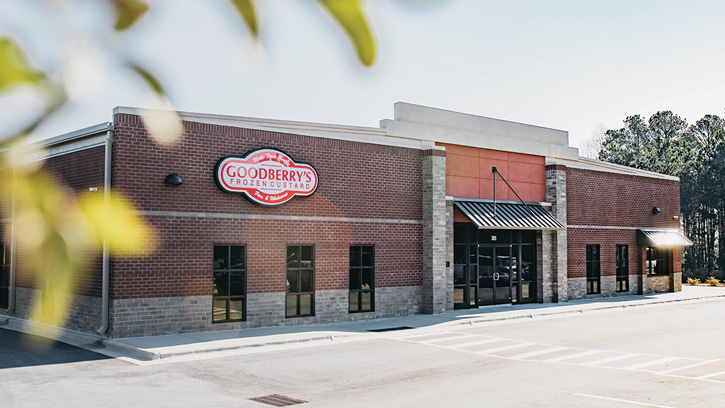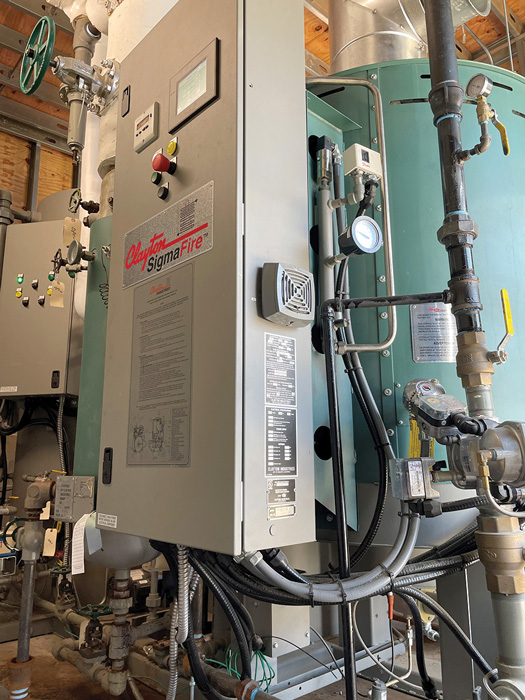Steam Technology Enhances Flavor Profile of Frozen Custard
PROCESSING CASE STUDY
One of the culinary treasures of the greater Raleigh-Durham region of North Carolina is Goodberry’s Frozen Custard, a family enterprise launched in 1988. Made with fresh milk, fresh cream, eggs, honey, pure cane sugar, and natural flavorings, the frozen treat is popular among locals because of its quality, freshness, and natural ingredients.
Over the years, the growing popularity of Goodberry’s frozen custard resulted in the opening of additional stores and an interest in updating the production process. “We desired to produce a product using a different process, one that is more time consuming, using equipment and methods that are not available on the co-packing market,” explains Goodberry’s President Henry Brathwaite.
“To make our special recipe in the manner that we feel makes the most outstanding product, we needed to vertically integrate and control the process from the farm to our consumer. It also allows us to deliver a truly fresh product with the dairy ingredients moving from the farm to the consumer in a matter of mere days.”
Although the idea for the facility goes back several decades, it wasn’t until 2016 that the company began in earnest to identify and purchase a site. “Once we had a site, the design and building process took two-and-a-half years,” says Brathwaite. “Sanitation was very important to us, and we were able to design the facility from the ground up to comply with the latest Food Safety Modernization Act standards. We brought the plant online for R&D production in late 2019 and began supply production in early 2020.
“Obviously, this type of dairy operation requires steam for many of the processes,” Brathwaite adds. “We identified Clayton Industries and their equipment as offering a good fit due to the scalability of their equipment, operating efficiency, and ease of installation. The instant-on nature of the equipment allows our production crew additional efficiencies during sanitizing and production. The small footprint was a real plus for space requirements, it was very easy to assemble, and it was safe. We’ll never have to worry about a steam explosion.”
“We helped them every step of the way,” says Will Brozowski, sales engineer–Southeast for Clayton Industries. “Goodberry’s is only getting more popular, so they want to be ready for more production capacity. They were tempted by our 200-boiler horsepower (BHP) steam generator, which is bigger than they need right now. Instead, we found a way to save them money in upfront equipment and operating costs. We split the difference and specified a 100 BHP steam generator with a 200 BHP feedwater skid. If business grows as expected, they’re all set up to add another 100 BHP unit without having to make a substantial capital improvement to ramp up.”
“While our all-natural recipe has not changed since we opened in 1988, the slower process allows for a deeper flavor profile through the richer expression of some of the background flavor notes,” says Brathwaite. “This process is also beneficial to the overall body of the finished frozen product, giving it a creamier and smoother texture.”




